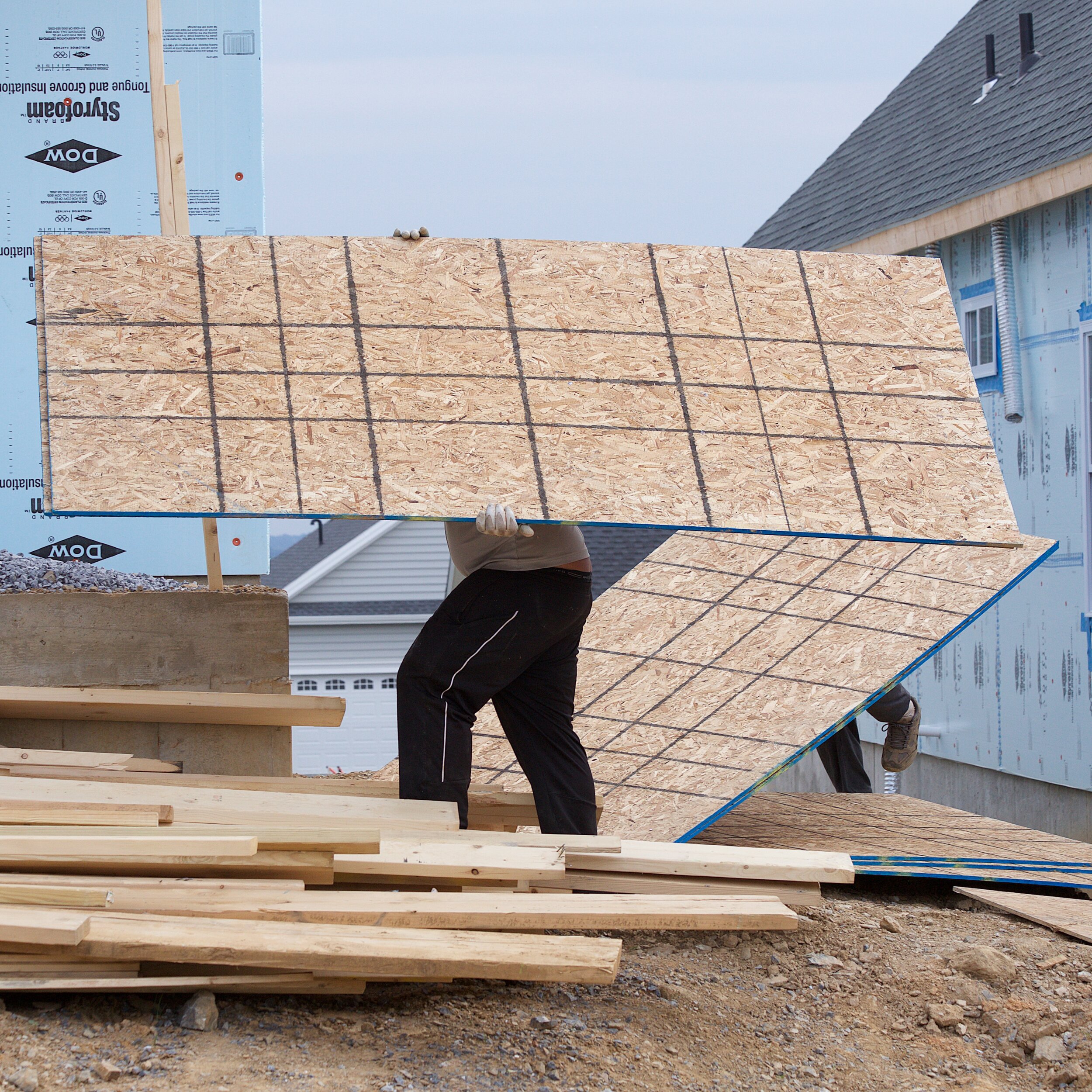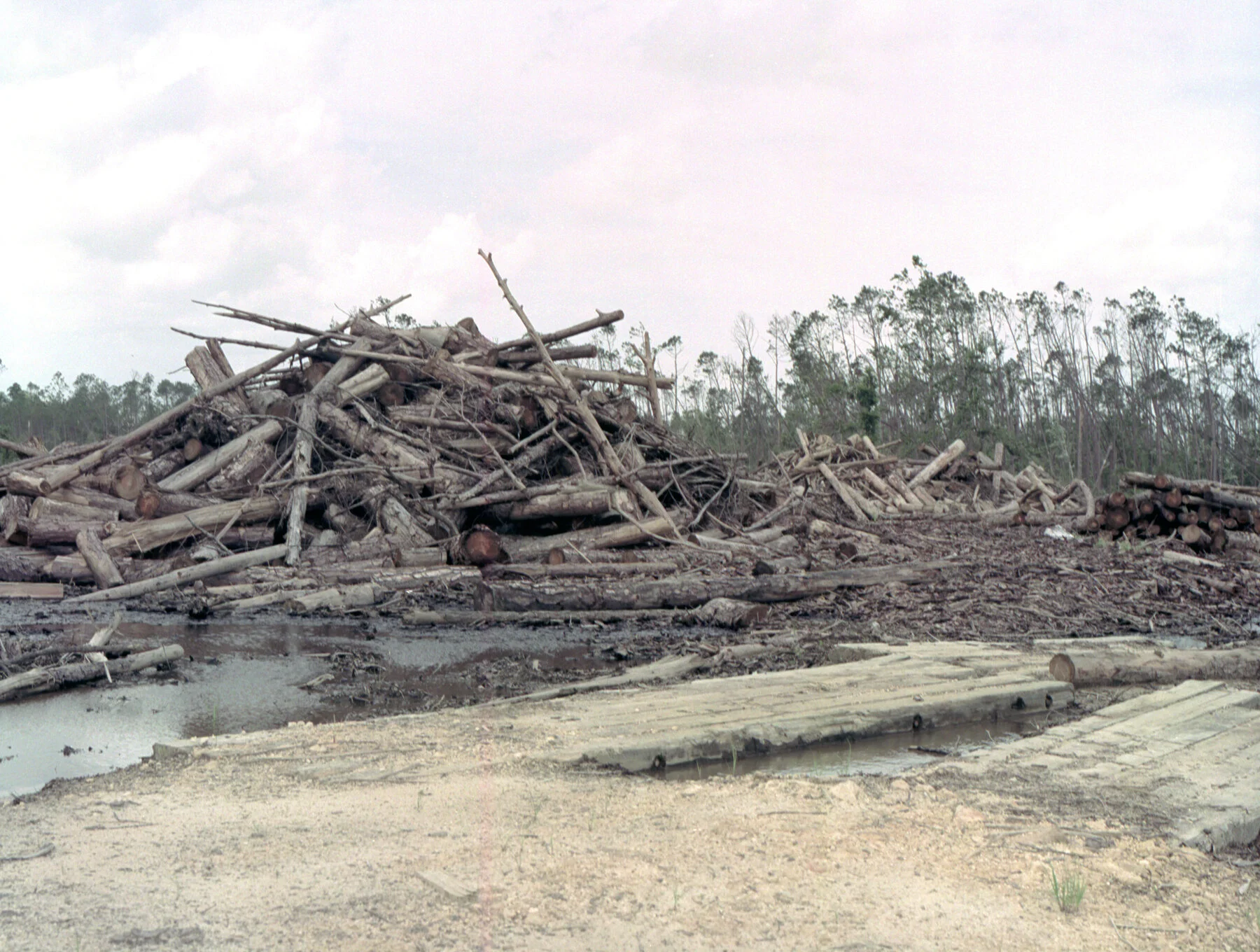Missed Connections: Scott Kreider
Andrew D. McClees (ADM): For those not familiar with you or your work, can you introduce yourself and give an overview of your work?
Scott Kreider (SK): I’m a writer and photographer based in Lancaster, PA. When I’m not writing during my day job, I shoot for the local newspaper here as a freelance correspondent or I work on my own photography trying to capture the malaise and the mystery of daily modern life. I’ve been shooting for the newspaper for about 7 years, and my journalistic standards for truthful images with minimal editing deeply informs my personal work. Generally speaking, I guess you could call my personal work street photography because of my documentarian approach. However, in my personal work I’m much more focused on my own relationship, or lack thereof, to each subject, as well as the limits to what truths photography is able to reveal. At least that’s what I’ve been focused on for the past year, which culminated in a small book/zine called Missed Connections. In that collection of photos, I’m trying to capture the mystery of human subjects, while exploring photography’s ability to simultaneously hinder some forms of connection with the subject while also revealing new connections that aren’t seen on first glance.
ADM: What got you into making zines, or the photobook format?
SK: Simply said, I was inspired by the work of other photographers. I picked up some great zines from some local photographers here in Lancaster as well as some works from people I follow on instagram. When I realized I could do it myself, I set a goal to make a zine by the end of the year and just did it. Having that commitment really helped me keep to a daily practice of shooting, and it helped to crystalize a lot of my thinking on photography. I’m planning to do another book this year, but I’ve been on a photo hiatus recently as I try to figure out what I want to do for my next project. I feel like it’s good to take a break so I don’t fall into the habit of just shooting the same thing over and over. I want a fresh perspective.
ADM: I find your work to be very granular, or fascinating in the manner you find and use texture and pattern; and isolate small but fascinating details -- is that something you actively look for or that naturally appears for you?
SK: I’m certainly drawn to pattern and texture, but it’s hard for me to say why. I think it depends on the photo. But often I like patterns that operate as a sort of natural filter to an image, such as looking through a fence or blinds. I like that they can flatten out an image and turn familiar subjects into something mysterious. I think all of photography is like looking through a sort of filter, no matter how true to life you try to be, so to me these types of scenes are just fitting. In some other photos of mine there are patterns that don’t act as filters. Maybe it’s just shadow play, or repeating shapes in the built environment. I don’t seek these types of scenes out usually, but I always have my eye out for them, and I can’t resist photographing them simply because I find them beautiful. So to answer your question, My first priority when going out to shoot is finding candid photos of strangers that reveal some kind of truth to me, but those are hard to come by and I stay open to whatever subjects I stumble upon in my explorations.
ADM: What's your shooting process like? What's a typical day out shooting like for you? Or alternately, if you're not a dedicated-shoot-day shooter, how do you fit your shooting in?
SK: I try to shoot 2 or 3 times a week. I’ll do short walks after work to see what I can find and then I’ll usually dedicate a day on the weekend to photographing. I usually find that it’s a lot more productive to just dedicate a whole day to shooting, because sometimes you need half a day to discover what it is you’re looking for. I need to be in the right mental state with a very high level of awareness, and sometimes it isn’t easy to just slip right into it.
My process involves lots of walking, and lots of waiting. If I see a scene that I like, I’ll wait there to see what happens. Maybe an interesting character will stumble into the scene. Whenever that happens it feels like magic. In other cases there’s no time for waiting. You have a split second to capture the moment. I usually miss those but sometimes I get lucky. When I do, it also feels like magic.
ADM: You're a writer by trade (journalist?), do you find that you end up using your photographs in a linguistic manner? More broadly do you find that your writing, or background in writing informs your photographs, and how you sequenced your zine?
SK: Good question. I used to be a reporter/community journalist, and now I work as a copywriter at an advertising and PR agency. My background in journalism definitely informs my photography. It's helped to shape how I see and tell stories and has influenced my choice of subjects and commentary. Beyond that I'm not so sure that my writing plays a big role in my photography. Honestly, I find writing to be exhausting sometimes, and for me photography offers an outlet to tell stories with a different side of my brain. Honestly, the bigger influence on my photography and the choices I make comes from reading. Susan Sontag's writings on photography made a huge impact on the way I think about the act of taking a picture, and it was a big influence on the themes in my zine.
ADM: While putting together Missed Connections, did the idea for the body of work come first, or was it a realization about the manner in which you take your photos or what you shoot for - per the intro in the zine, that got you to create the zine?
SK: Originally, the zine was going to only focus on people that were obscured in some way to capture the photographer's inability to connect with each subject. So I started shooting with that theme in mind. I didn't come up with the pairing idea until later once I realized some images worked so well together. And I thought it helped to enhance the theme, because curating each pairing became a retrospective way to try to connect with the subjects.
ADM: You mention being based in your hometown of Lancaster, PA (most of the photos in Missed Connections are from there - per the statement in the zine), and from what you've told me here, I'd say most of your photos are driven by what you see, and a desire to create an image out of it - how would you say shooting in or being from Lancaster influenced your work - or if it didn't what are your influences?
SK: Well, I want to document the world around me, but I also want to capture something of my inner life and daily experience, so yes, Lancaster is an important part of my work simply because it's where I'm living at the moment. I think the impulse to document life around me through photography started over 12 years ago when I lived in South Korea. I spent four years there teaching english, and it seemed like everyday I was confronted by something new and unfamiliar. Having that outsider perspective really was the beginning of my obsession with photography. I was hyper aware and alert all the time, because you had to be just to navigate the foreign culture. Sure, after four years it felt like home, but you never had to venture far to find something you never encountered before, and I started to always keep my camera with me so that I was prepared for those moments. I also distinctly remember thinking to myself back then that I wanted to take that perspective and awareness with me when I moved home.
ADM: Do you find yourself heavily influenced by other photographers, or do you find that most of what informs your photography is the attempt to capture the elusive moments you outline?
SK: I'm absolutely influenced by other photographers. Early influences included Stephen Shore, Mitch Epstein, and Zoe Strauss. Later, once I got onto instagram, photographers like Delaney Allen, Benoit Paille, Andy's Eyes, and Guy Bolongaro (Bandini3000) really influenced my work.
ADM: For someone who isn't prone to capturing moments, or small details, but wants to see or capture more of them, what advice would you give?
SK: My advice is don't assume you've seen all there is to see, and don't assume that you won't find anything interesting... no matter where you are. In many respects, I live in a boring town, but every time I go out with a camera, I realize how little I actually know about my town. You can always find beauty, or interesting stories, or noteworthy scenes when you're looking for them. It's just a matter of going out into the world with curiosity, imagination and a sense of play.
ADM: Where can we find your work? Do you have anything on the near horizon - ie another zine or an exhibition?
SK: My instagram (@twothousands) is probably the easiest place to find my photos. I also have a website but it hasn't been updated in a while: kscottkreider.com. I'm also planning to release another zine at the end of this year with the working title "The disinformation age". No shows on the horizon yet, but hopefully soon. Last fall I had an exhibition called "Ins and Outs” at Curio gallery in Lancaster, but that finished at the end of November.
All photos by, and courtesy of Scott Kreider, from Missed Connections






































































